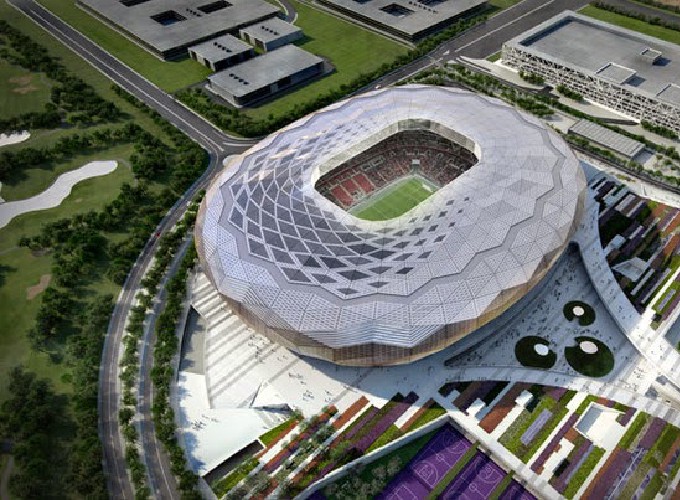
Sensing and Monitoring in Stadium Structures: A Review Recent Advances and a Forward Look

Sensing and Monitoring in Stadium Structures: A Review Recent Advances and a Forward Look
Abstract
Stadiums like those used for sporting or concert events are distinct from other civil engineering structures due to several different characteristics. Some challenges mainly originate from the interaction with the human factor, as stadiums are subjected to both synchronized and random motion of large crowds. The investigations in the literature on this topic clearly state that stadiums designs are in urgent need of more reliable load quantification and modeling strategies, deeper understanding of structural response, generation of simple but efficient human–structure interaction models, and more accurate criteria for vibration acceptability. Although many esthetically pleasing and technologically advanced stadiums have been designed and constructed using structurally innovative methods, recent research on this field still calls for less conservative and more realistic designs. This article aims to highlight the recent advances in this field and to provide a follow-up to the literature review covering until 2008 (Jones et al., 2011a) on vibration serviceability of stadiums structures. The article will also discuss new sensing and monitoring techniques on load-time history measurements and their regeneration, as well as crowd motion, stadium health monitoring, and human comfort analysis. Operational effects of crowds on the dynamic properties are also discussed. The article concludes with a forward look on the recommended work and research for dynamic assessment of stadiums.